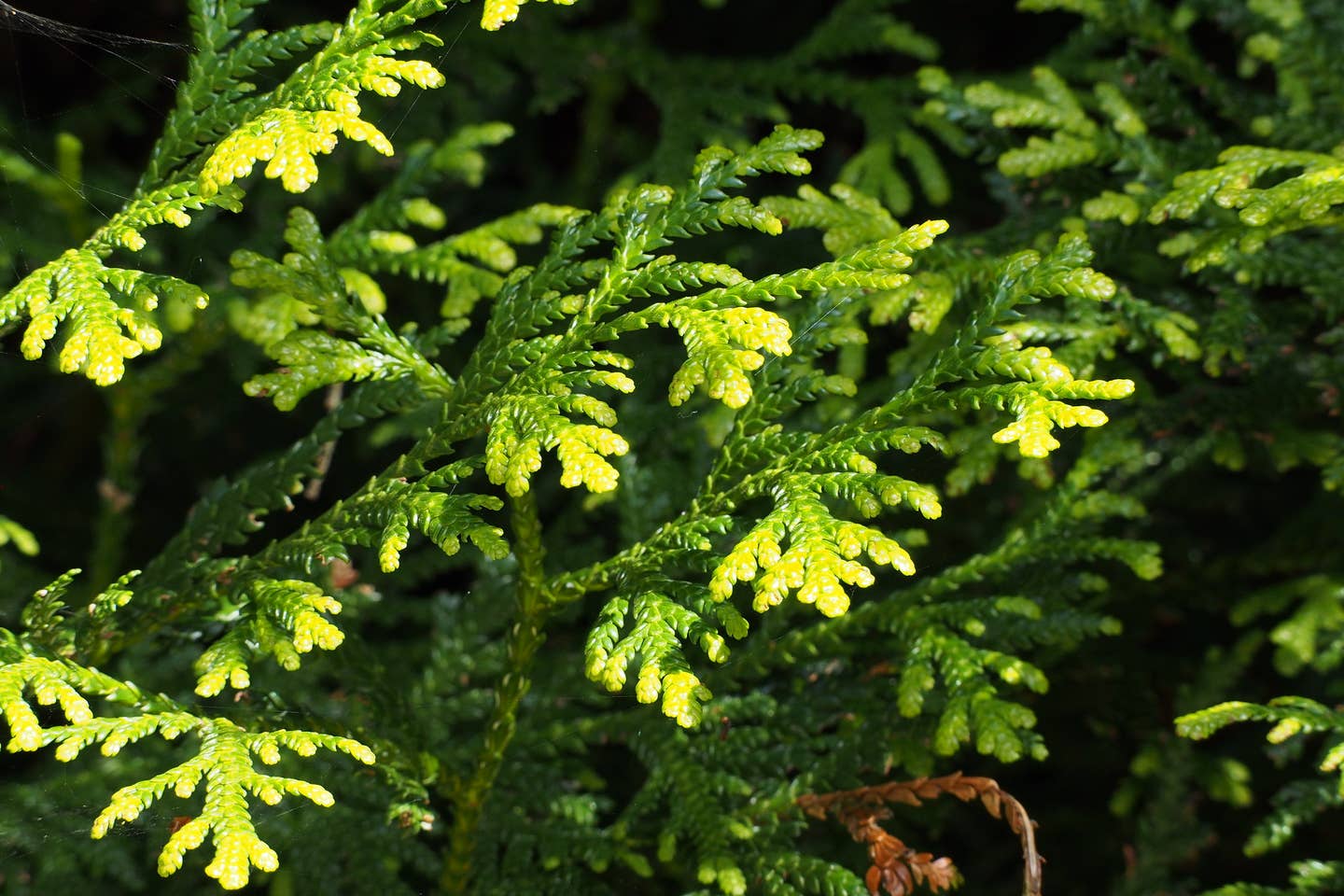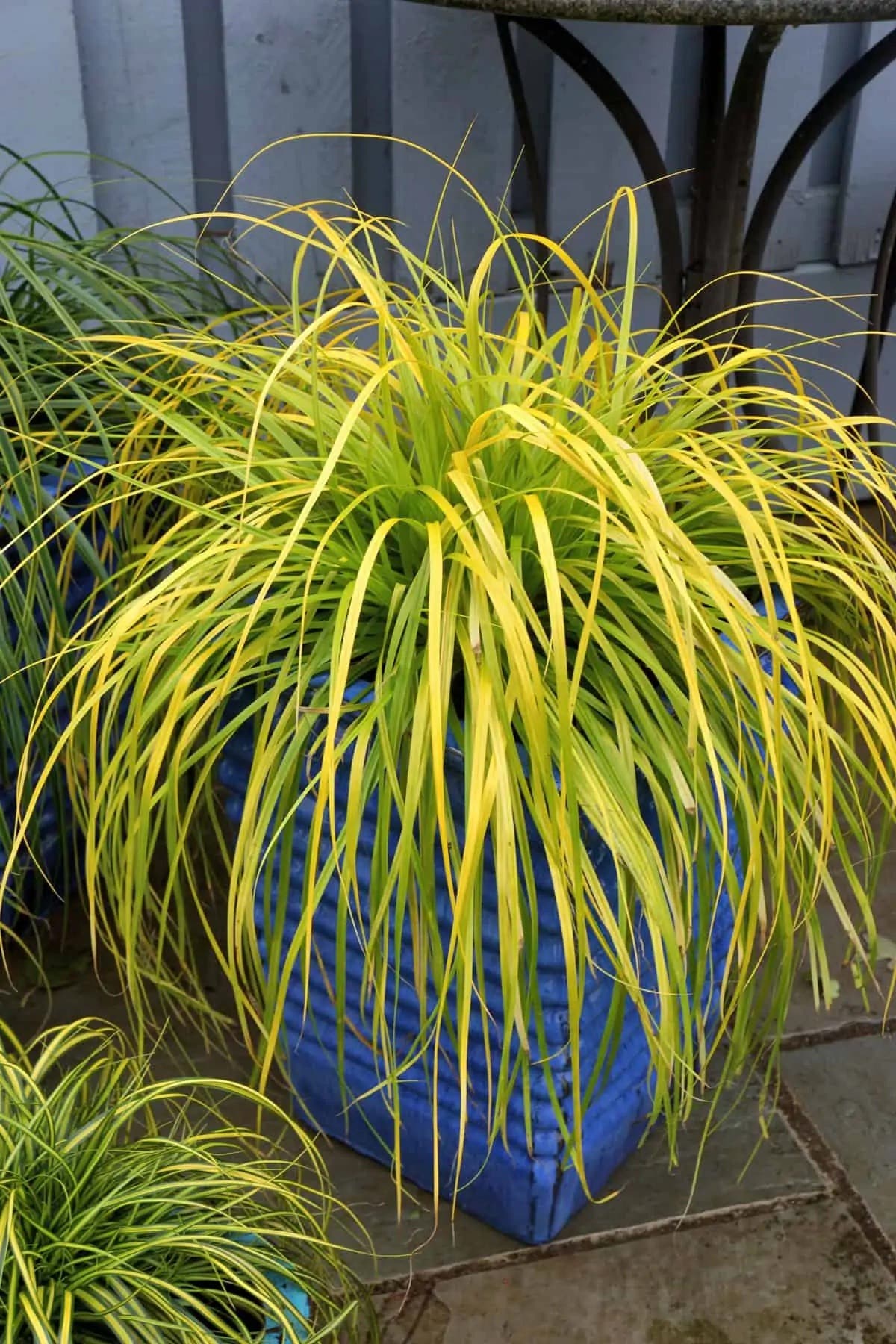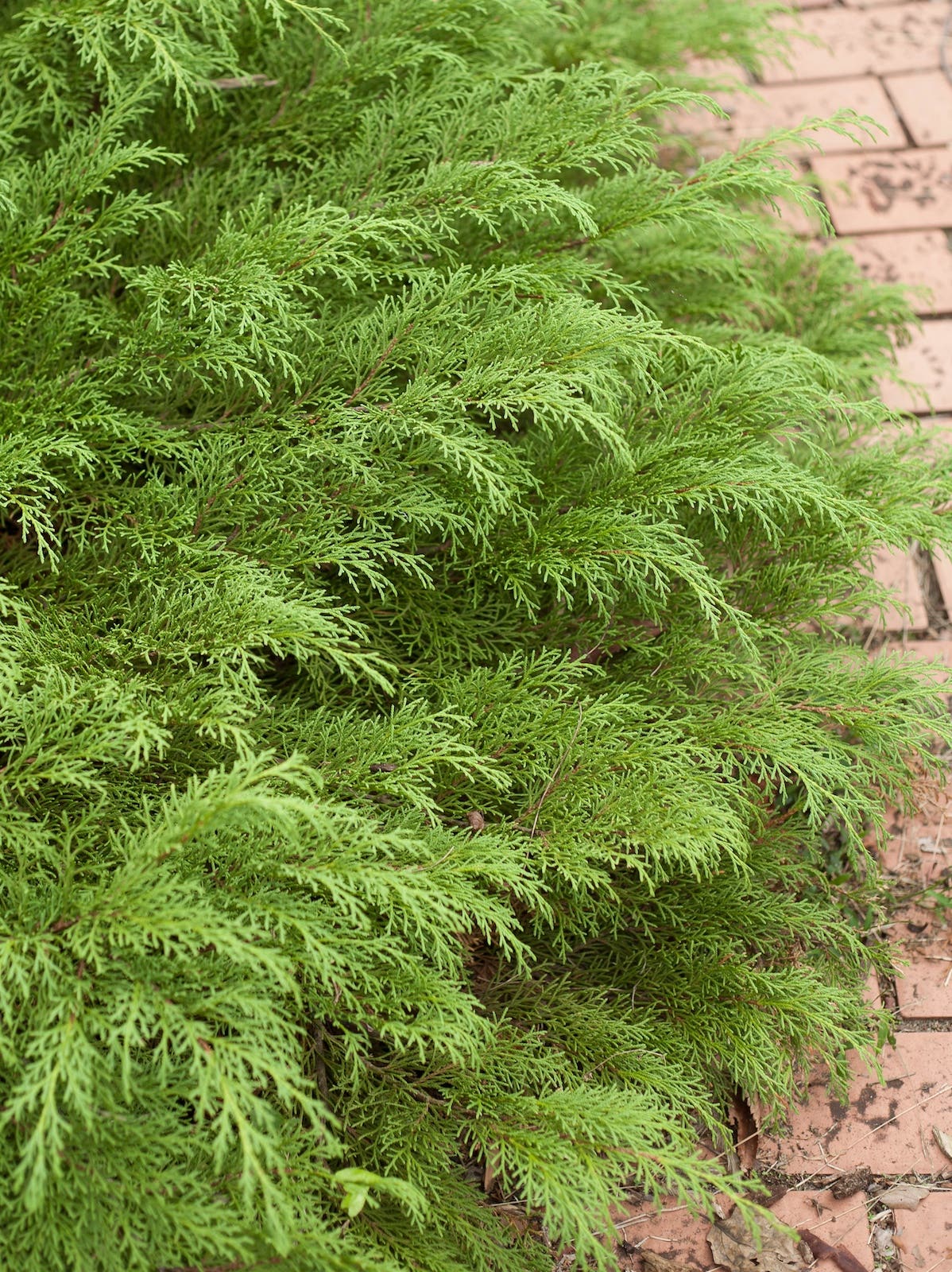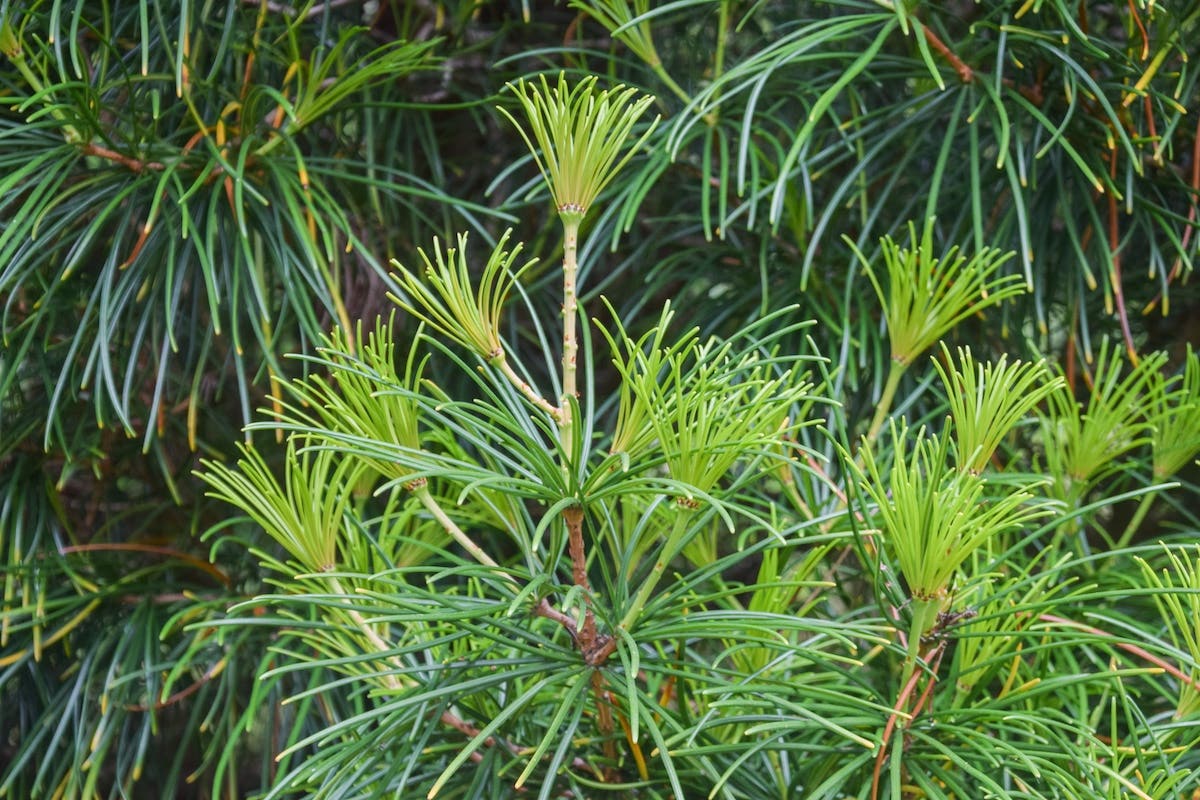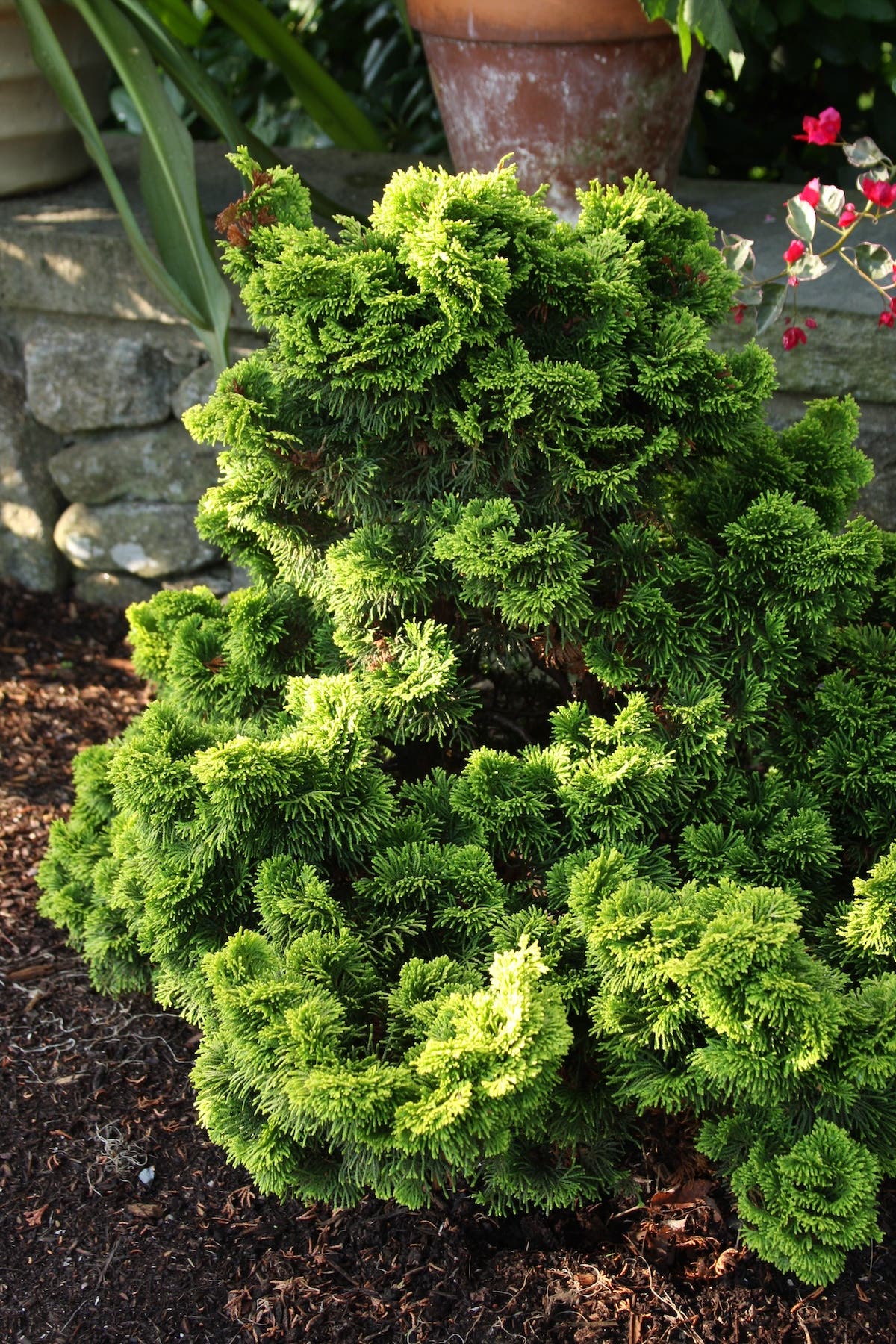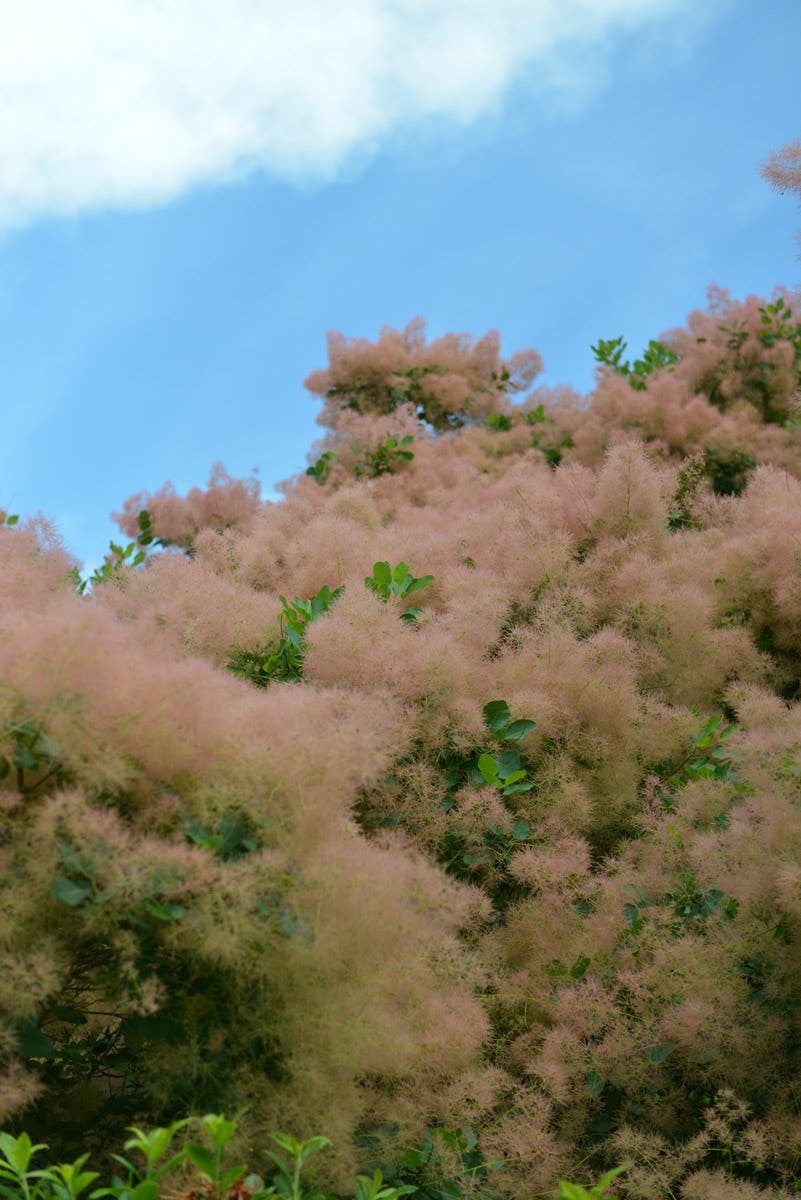Butterfly Bush Memories
Daniel J. Hinkley’s Memorable Encounters with Butterfly Bush
Buddleja davidii, like many other species, exhibits a particularly diverse phenotype in the wild, with varying sized panicles of lavender, yellow-eyed flowers occurring up to 10,000 feet in elevation. During my first trip to Sichuan Province, China, in 1996, I collected this species at 5800 feet in the Wolong area of Sichuan, noting it was growing in open, somewhat degraded and dry sites among rocky outcrops. These seeds ultimately blossomed and showed significant variation from seedling to seedling. It’s precisely this genetic plasticity in this species that’s led to so many named cultivars, from pure white to near black and every shade between. Some of these cultivars show more fertility than others, and the species has shown a greater threat of bio-invasiveness in some areas of the continent than in others. Despite the beguiling fragrance, ornamental value and numerous species of butterflies that’ll appear, gardeners should refer to their local noxious weed lists to determine risk.
During the same trip to Sichuan, I was attracted to the silvery felted leaves of B. nivea, a species I’d grown in my garden for several years prior. Primarily a foliage plant—and a good one at that—its small light lavender heads of flowers are barely noticeable. A tetraploid form of this species, B. nivea var. yunnanensis, possesses extraordinarily large leaves, to eight inches long and four inches wide, though with this size, the silvery appeal is lessened.
In 2005, during my first trip to Sikkim, India, I was excited to at last encounter B. colvilei in the wild, between the Sikkim outposts of Lachung and Lachang, at 9,800 feet. It’s in this general vicinity that the young Joseph Dalton Hooker spent three years botanizing in the mid-1800s. He was briefly imprisoned by the Dewan of Sikkim. And it was here that Hooker discovered and introduced into cultivation B. colvilei, which he ordained as one of the most beautiful flowering shrubs of the Himalayas.
Common throughout the southern portions of the Republic of Chile, and noted as well from Peru, B. globosa is a very distinctive species in regard to both flower color and inflorescence. Panicles of orange flowers, presented in globose heads, appear in spring amid foliage that’s deep green above and tawny brown below. The blooms offer a light fragrance, but not to the degree I’ve come to associate with other members of the genus. Hybrids between B. globosa and B. davidii were created in England in the early 1900s and introduced under the name B. x weyeriana. They offer soft yellow, fragrant and politically correct sterile or pollen sterile flowers.
Relative to the size of the genus, my knowledge of it is miniscule but I’ve attached a bevy of memories to the members I’ve come to know and grow. With my promotion of this genus comes the demand to all of those who include it in their gardens for responsible choices in regard to possible bio-invasion in their climate. Be vigilant of those deemed safe.


